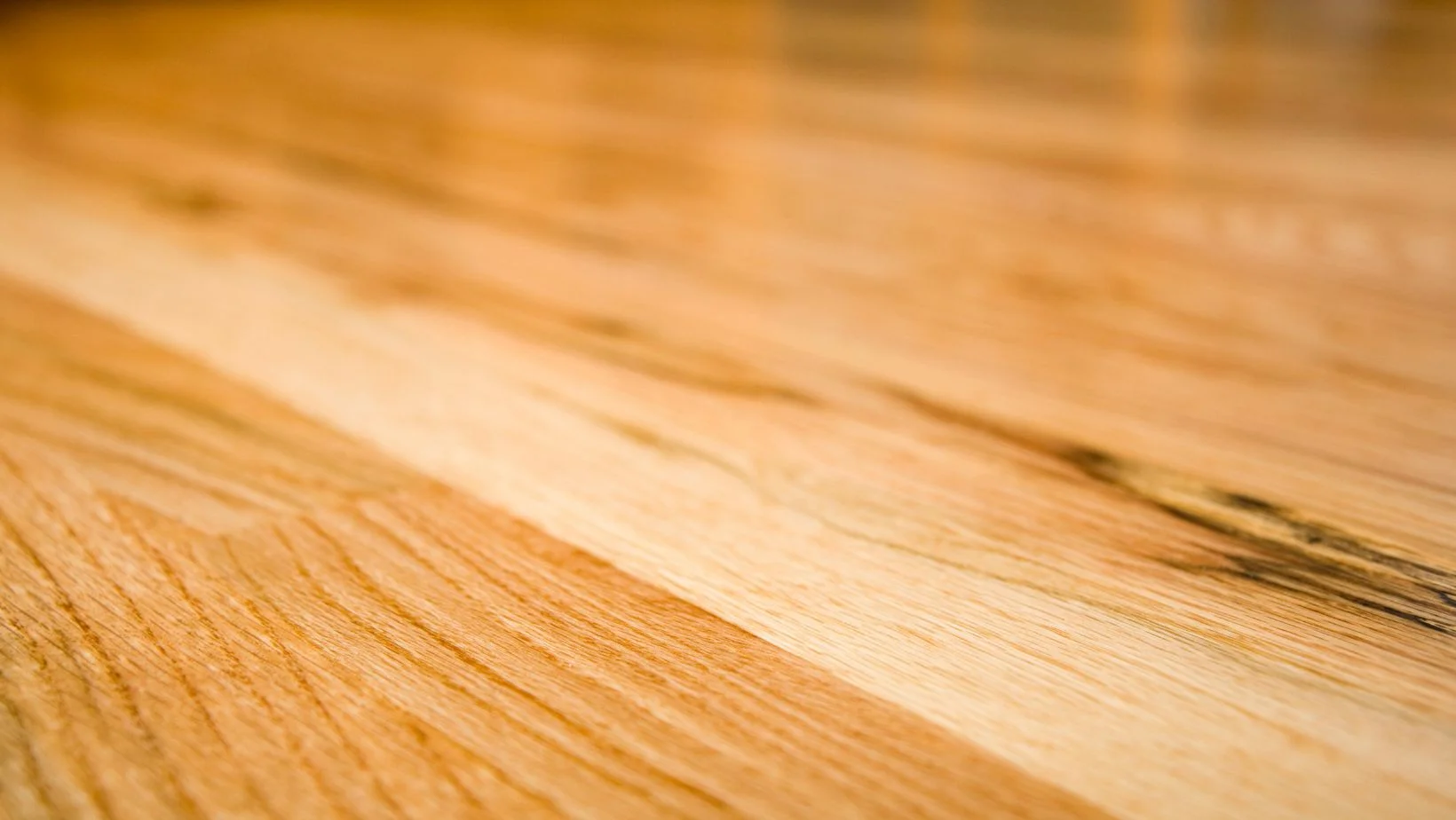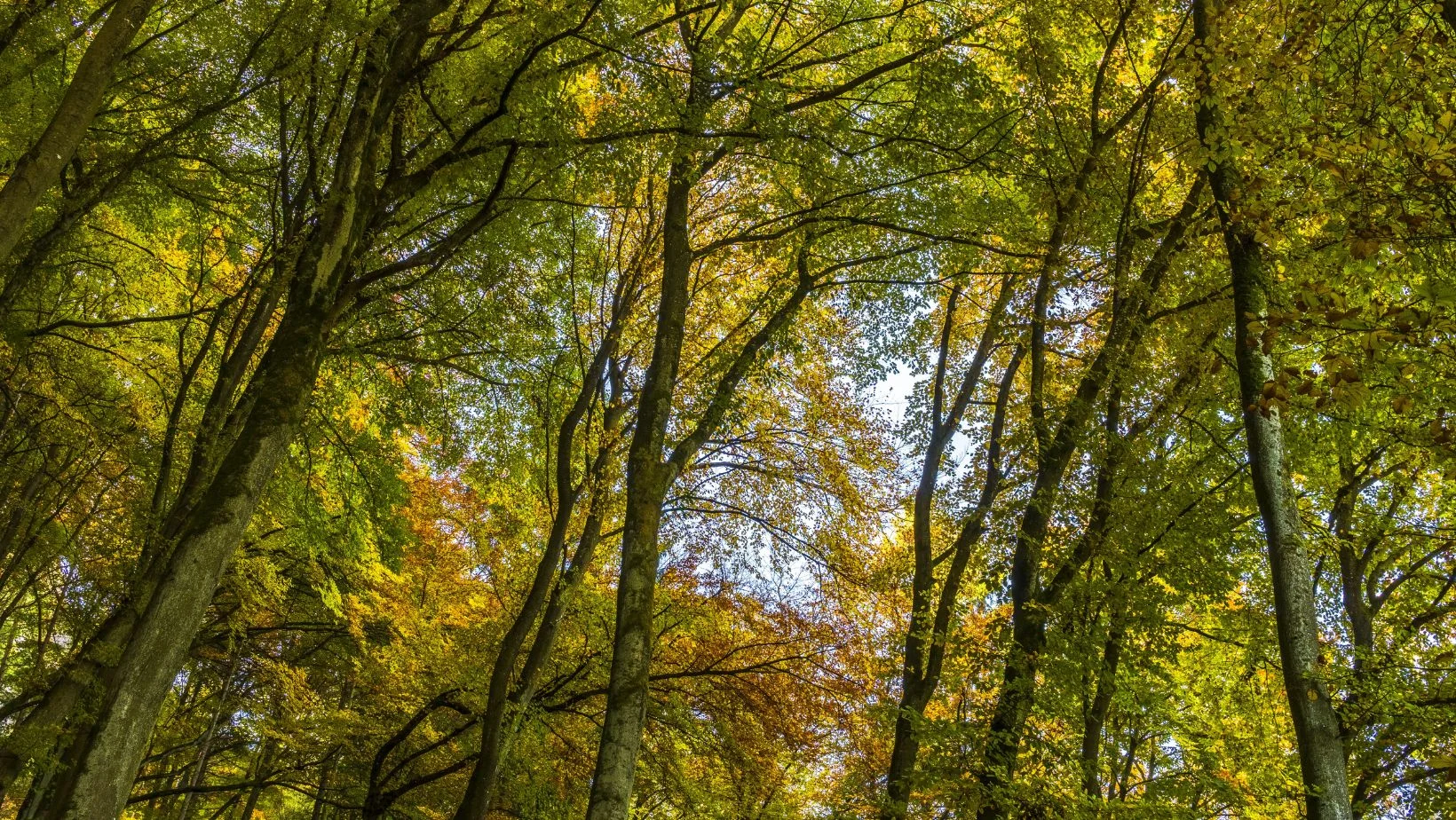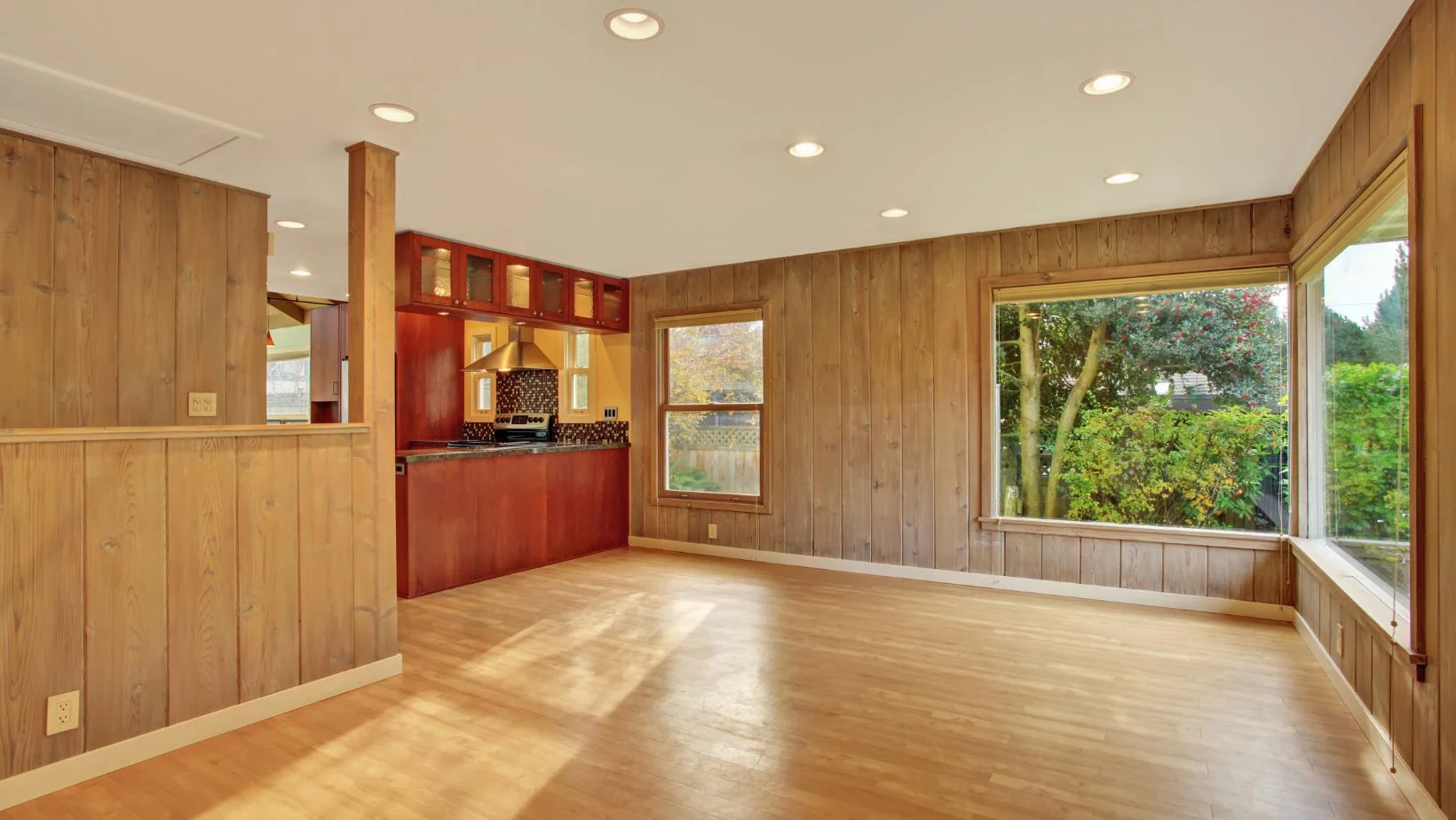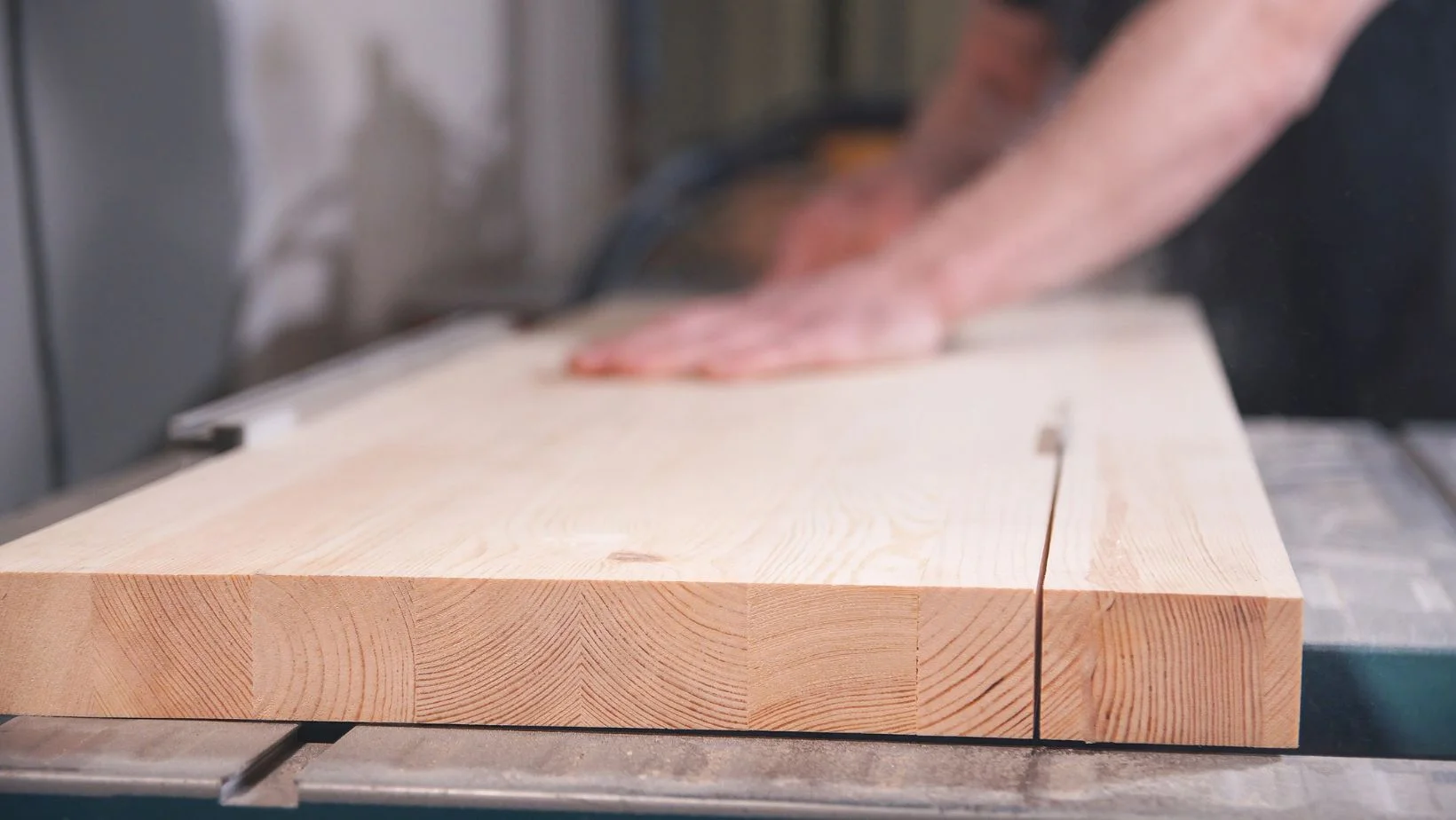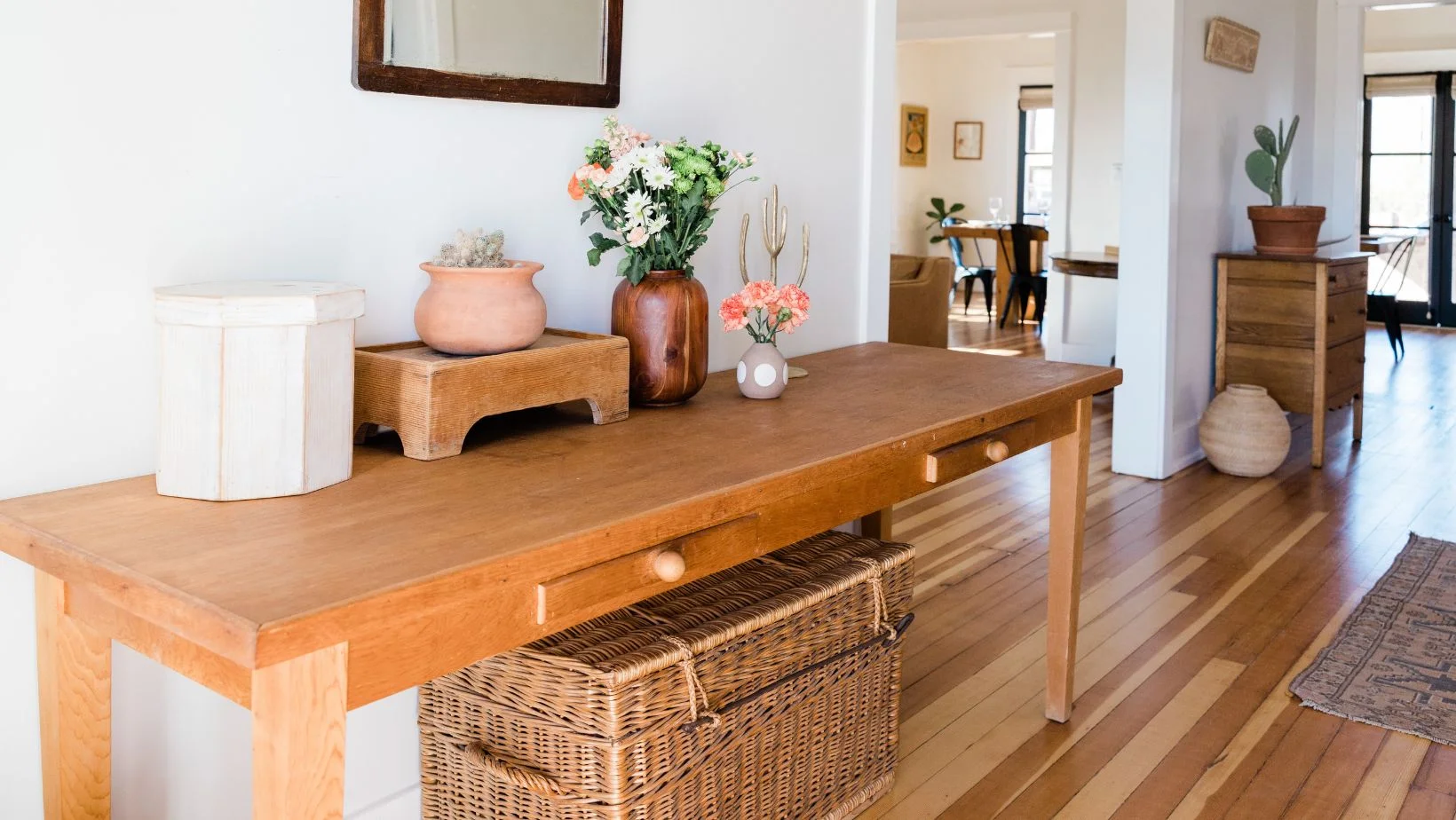Are you an adventurer looking to leave your mark on the world, a craftsperson searching for ways to up your game, or both? If so, then get ready to fall in love with this larch wood. Not only is it durable and beautiful, with its distinguishable reddish-brown hue, but when working with it—whether through building furniture or creating an art piece—you’ll encounter unique benefits that will take any outdoor experience to the next level. So put down that redwood and pick up some larch! You won’t be disappointed.
What is Larch Wood?
Larch is a type of softwood that belongs to the genus *Larix* consisting of about 10 different species primarily found in North America, Asia, and Europe. Larch trees can grow up to 150 feet tall and are characterized by their durable timber making them highly desirable for various purposes, including construction, furniture-making, and even shipbuilding.
One of the most distinguishing features of larch wood is its high resin content which contributes to its remarkable durability, resistance to decay, and natural ability to repel water. Additionally, larch wood is relatively lightweight yet robust, making it a strong contender among other types of wood for both indoor and outdoor applications.
The Benefits of Larch Wood
1. Weather Resistance
As mentioned earlier, larch wood has a natural resistance to both water and decay making it perfect for outdoor projects like decking, fencing, and siding. The high resin content helps to form a protective barrier against moisture intrusion, warding off rot, and ensuring the timber’s longevity. In comparison to other softwoods, larch wood requires significantly less maintenance and is less susceptible to warping or shifting due to changes in temperature or humidity.
2. Durability and Strength
Larch wood is renowned for its impressive strength-to-weight ratio. Despite being a softwood, it boasts durability comparable to hardwoods like oak or beech. Thanks to its dense, close-grained structure, larch wood exhibits excellent resistance to abrasions making it ideal for high-traffic areas or surfaces prone to wear.
3. Sustainability
As a fast-growing softwood, larch trees offer an environmentally friendly alternative to slower-growing hardwoods, which can take decades or even centuries to reach maturity. Sustainable forestry practices ensure that larch forests are harvested responsibly and maintain an optimal balance with the environment. As a result, choosing larch wood for your projects helps contribute to sustainable forest management and a healthy planet.
4. Aesthetic Appeal
With its warm, golden hue and unique grain patterns, larch wood adds a touch of sophistication and earthiness to any project. Over time, larch wood will develop a beautiful silvery-gray patina further enhancing its visual appeal. This makes larch wood an excellent choice for home interiors, such as flooring, paneling, and cabinetry.
Processing
Before being used for various applications, larch wood undergoes several processing steps:
- Logging: Larch trees are harvested from sustainable forests ensuring minimal environmental impact. Once the larch trees are felled, they are typically cut into logs of suitable lengths for further processing. The logs are then transported to sawmills or processing facilities.
- Sawing: The debarked logs are then cut into desired dimensions using sawing equipment. This process can produce various lumber products, such as planks, boards, beams, or veneer sheets.
- Drying: After sawing, the freshly cut larch lumber contains a high moisture index. To make it suitable for further use, the lumber needs to be dried to reduce its moisture content. This can be done through air drying or kiln drying depending on the desired results and available resources.
- Milling: The dried lumber is milled into specific dimensions and shapes according to the intended application.
- Quality Control: Throughout the processing steps, quality control measures are implemented to ensure that the larch wood meets the desired standards. This may involve inspecting for defects, checking moisture levels, and verifying dimensions.
It’s important to note that the exact processing steps may vary depending on factors such as the intended use of the larch wood, regional practices, and available technology.
Uses
- Construction: Larch wood is highly valued in the construction industry due to its durability, strength, and resistance to decay. It is commonly used for structural components like beams, posts, and framing. Larch wood is also used for exterior applications such as cladding, decking, siding, and shingles.
- Flooring: Larch wood‘s hardness and resistance to wear make it suitable for flooring. It provides a warm and attractive appearance making it a popular choice for both residential and commercial spaces.
- Furniture: Larch wood is used to craft high-quality furniture pieces. Its natural beauty, strength, and resistance to dents and scratches make it ideal for chairs, tables, cabinets, and other furniture items.
- Doors and Windows: Larch wood‘s stability and resistance to warping make it suitable for manufacturing doors and windows. It can be used for both interior and exterior doors and window frames.
- Outdoor Structures: Larch wood‘s natural resistance to decay and insects makes it a popular choice for outdoor structures such as pergolas, gazebos, fences, and bridges. It can withstand harsh weather conditions and has a long lifespan.
- Boatbuilding: Larch wood is well-regarded for its water resistance and durability making it suitable for boatbuilding. It is used for constructing boat hulls, decking, and other marine components.
- Landscaping: Larch wood is used in landscaping applications such as garden furniture, raised beds, retaining walls, and decorative elements. Its natural resistance to decay makes it a favorable choice for outdoor installations.
- Interior Paneling: Larch wood is often utilized for interior wall and ceiling paneling. It adds warmth and character to spaces and can be left natural or stained to achieve the desired aesthetics.
- Veneer and Plywood: Larch wood is sometimes sliced or peeled to produce veneer sheets which are used for decorative purposes in furniture, cabinetry, and interior design. It is also utilized in the production of plywood, where thin layers of larch veneer are bonded together to create a strong and versatile sheet material.
- Musical Instruments: Larch wood is occasionally used in the construction of musical instruments like guitars, violins, and soundboards. Its acoustic properties, including resonance and tonal qualities, make it suitable for instrument making.
In conclusion, whether you’re an outdoor enthusiast, a skilled craftsperson, or simply someone looking for a unique and durable material for your next project, larch wood offers a variety of benefits and uses that will exceed your expectations. So why not branch out and give larch wood a try?



